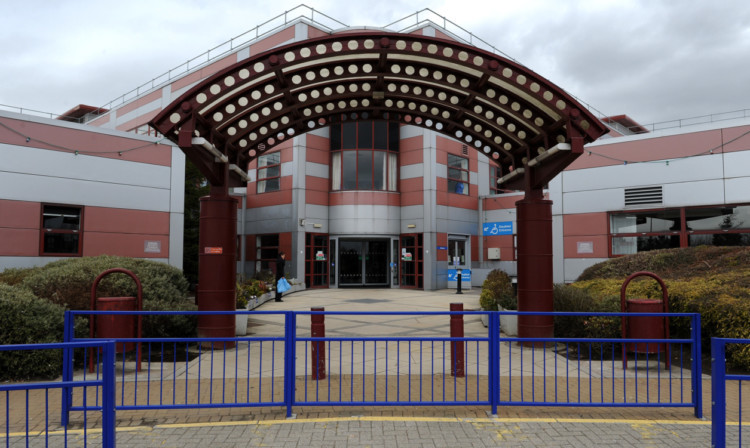There are fears NHS Fife is facing a ticking timebomb as the area’s elderly population continues to grow.
The number of elderly Fifers being rushed to hospital has soared over the last decade.
That, coupled with a rapidly ageing population and the downgrading of Queen Margaret Hospital in Dunfermline, has raised fears elderly people in the area are not going to receive the care they need.
Statistics have shown there were 10,045 emergency admissions in the over-75s age group last year, the equivalent of more than 27 a day. That compares to only 7,587 in 2003/4 21 admissions a day.
Conservative councillor and Cowdenbeath by-election hopeful Dave Dempsey said the changes to the NHS in Fife made life for those in the west even more difficult, as many now had to be admitted to the Victoria Hospital in Kirkcaldy.
Last year the Scottish Conservatives revealed how the closure of the A&E department in Dunfermline resulted in a sharp rise in occupancy rates at the Victoria.
Scotland’s elderly population is expected to rise by around 86% over the next 25 years, with challenging conditions like dementia due to increase.
While welcoming the news Fifers are living longer, Mr Dempsey added: “For everyone’s sake, we have to be honest and acknowledge this also brings a range of challenges.
“The NHS has to be ready for this but instead of supporting people in Fife, we have seen emergency services at one major hospital removed.
“That means many of these thousands of frail patients are having to travel further for the care they need.”
The situation would only become more bleak as the elderly community grows, he said, adding: “We need to see action now to ensure our older people receive the care they need and deserve.”
NHS Fife’s director of acute services, Heather Knox, acknowledged a shift in the population had resulted in increasing numbers of elderly people.
To counteract that, the board needed to look at alternative ways of caring for patients outwith a traditional hospital setting.
She said that, for several years, health and social care services had worked together and as part of a national programme to provide more appropriate services which support elderly people at home when appropriate for their needs.
She cited the Hospital @ Home service, that has been gradually introduced across Fife over the last 20 months.
Delivered by doctors and specialist nurses, it has supported nearly 1,000 people in their own homes.
Alongside this, intermediate care services provide help to allow older frail people to leave hospital care and get back to their own routine as soon as possible.
“It is our experience that these alternatives to hospital admission have been appreciated by older people and their families, who are happy to receive treatment in their own home if it is possible,” she said.
Ms Knox said Queen Margaret continued to provide services, including a minor injuries unit and day surgery and also supported hospital-based rehabilitation services for older people which link directly with community services to support older people who are in hospital.
“The Queen Margaret Hospital site redevelopment is continuing to move forward,” she added.
